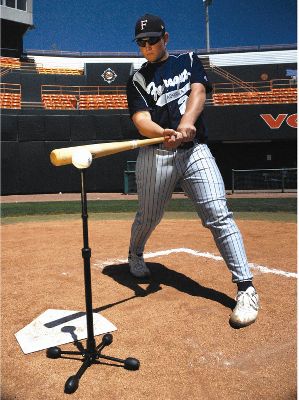Here is part 2 of Methods for Record Keeping:
Others:
1. Medicine Ball/Weight Throws for Distance: There are many variations of throws you can do here, such as behind the back, forward push toss, granny toss, and side tosses.
2. Jumping Movements: Standing Broad Jump, Vertical Jump (Vertec or Jump Mats).
 |
| Source:https://georgebeckham.com/wp-content/uploads/2010/10/StandBroadJump-1-.jpg |
3. Body Mass and Body Composition: This can be especially important for sports that adhere to weight classes, but is still an important measure for any sport.
4. Short Sprints: Most sports require short bursts of explosiveness, so 20 meter and shorter linear sprints can be a good performance marker.
5. Agility Tests: Some agility tests are better than others, but an agility drill specific to the athlete’s sport can be a good indicator of agility improvement.
6. Sport Specific Testing: One baseball test I learned of recently is to track initial ball velocity when hit off of a tee. You can’t get much more specific to a sport than a test like that.
Source: http://s7ondemand1.scene7.com/is/image/TeamExpress/EZTEE
7. Statistical Process Control: This is a method of establishing “normal” values of a variable for a specific athlete. For example, one method might be to track daily waking heart rate. Heart rates that are seen outside of about 1 standard deviation of the average may indicate something worth looking at. One company has a system for this up and running: Sportably.com
References:
Principles and Practice of Resistance Training by Michael H Stone, Meg Stone, and Williams A. Sands

